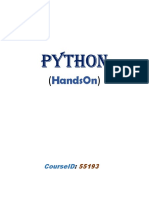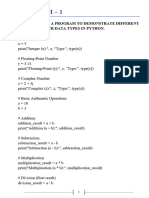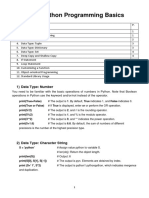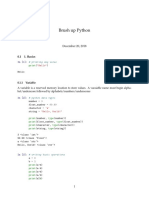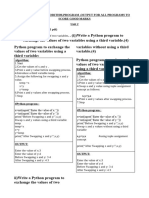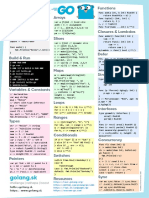0% found this document useful (0 votes)
27 views47 pagesDS Lab Programs
The document provides a comprehensive overview of Python programming concepts, focusing on data structures such as sets, tuples, and lists, along with their operations and manipulations. It includes code examples for basic operations, implementing Abstract Data Types (ADTs), and performance analysis through time and space complexity measurements. Additionally, it covers sorting algorithms and linear search, with graphical representations of their performance metrics.
Uploaded by
badigerprajwal26Copyright
© © All Rights Reserved
We take content rights seriously. If you suspect this is your content, claim it here.
Available Formats
Download as PDF, TXT or read online on Scribd
0% found this document useful (0 votes)
27 views47 pagesDS Lab Programs
The document provides a comprehensive overview of Python programming concepts, focusing on data structures such as sets, tuples, and lists, along with their operations and manipulations. It includes code examples for basic operations, implementing Abstract Data Types (ADTs), and performance analysis through time and space complexity measurements. Additionally, it covers sorting algorithms and linear search, with graphical representations of their performance metrics.
Uploaded by
badigerprajwal26Copyright
© © All Rights Reserved
We take content rights seriously. If you suspect this is your content, claim it here.
Available Formats
Download as PDF, TXT or read online on Scribd
/ 47





